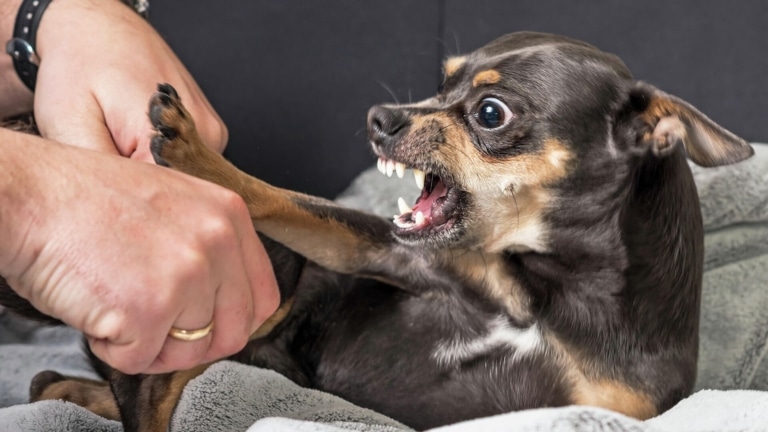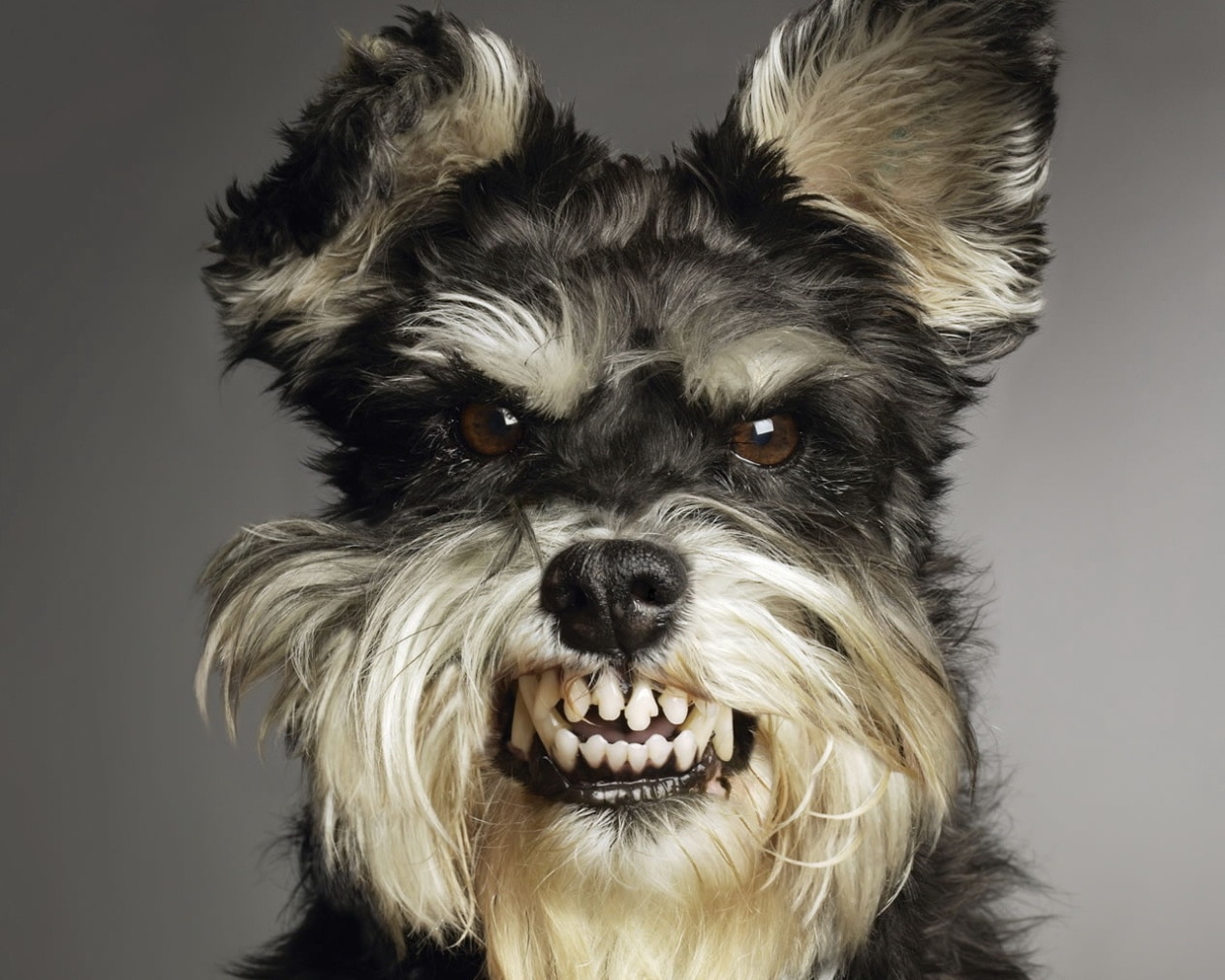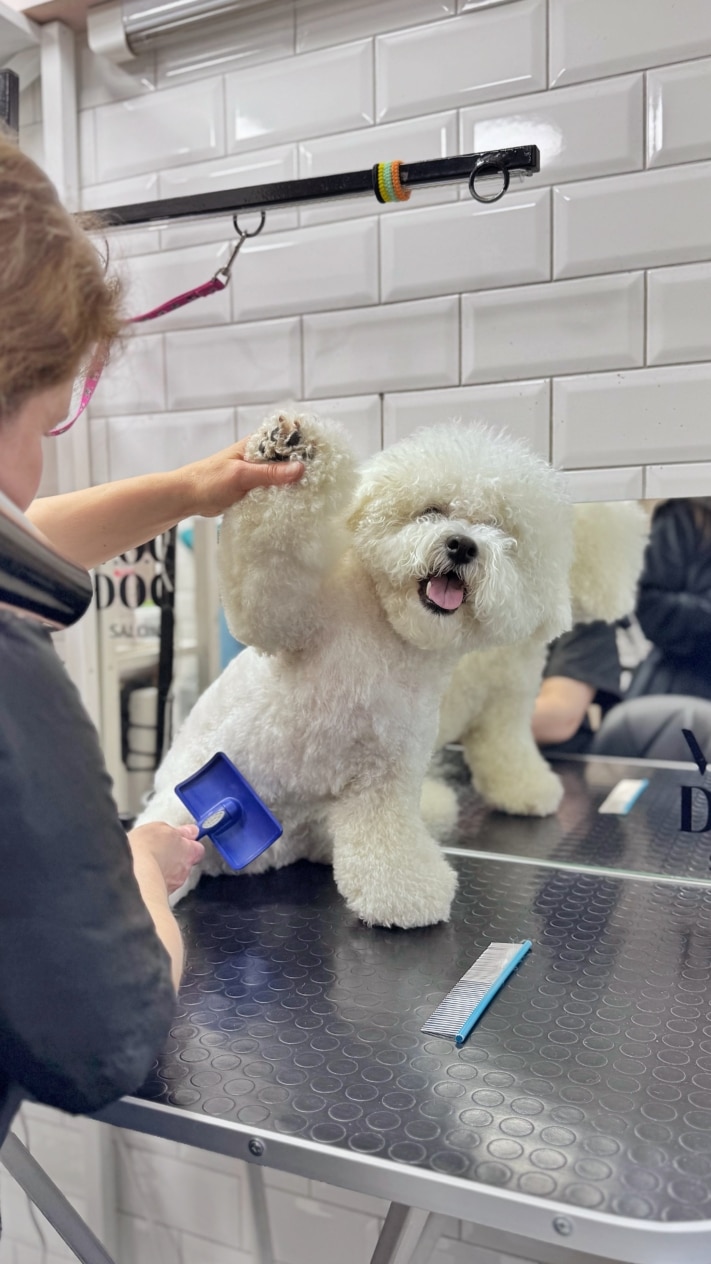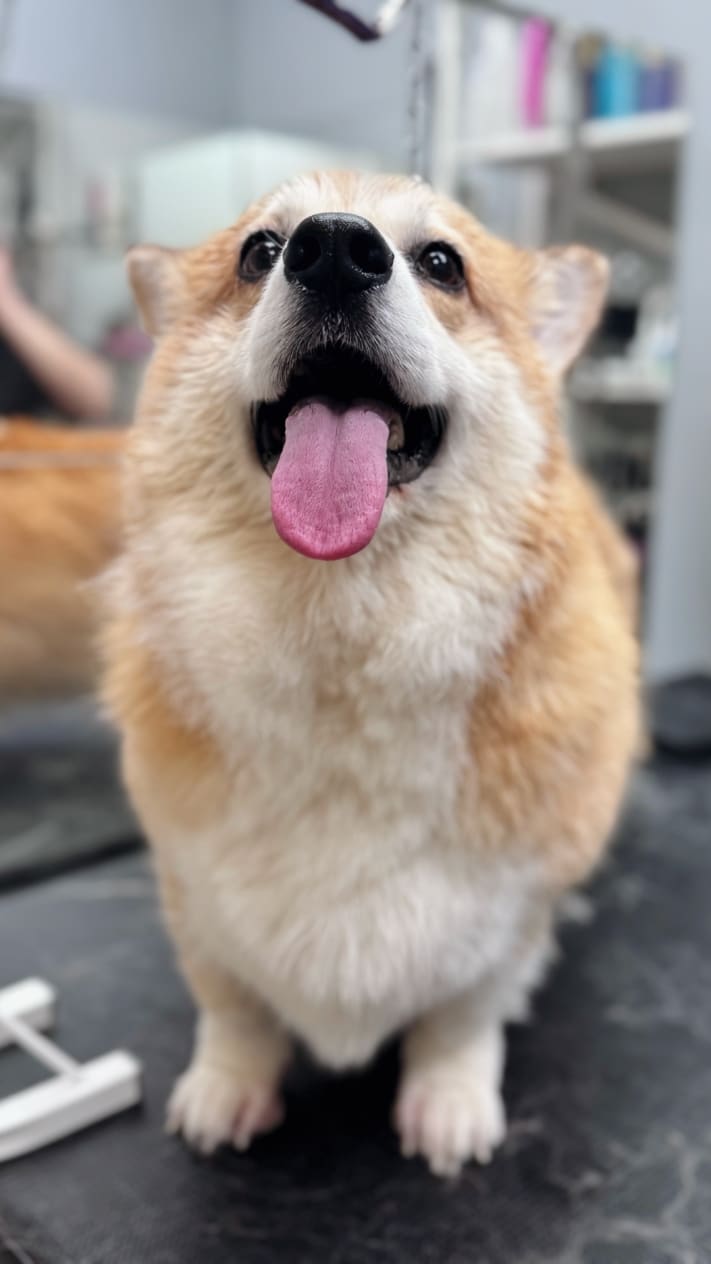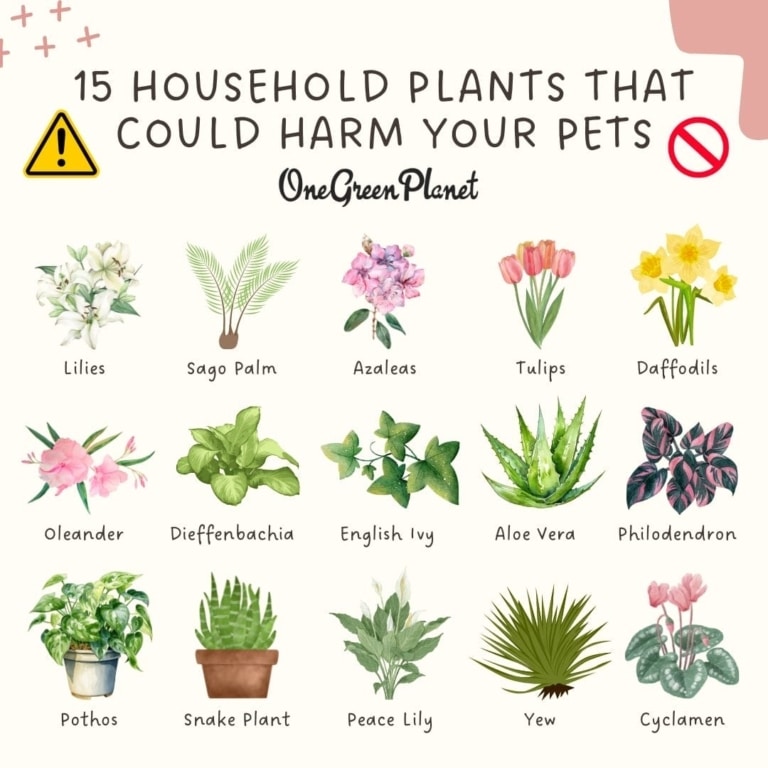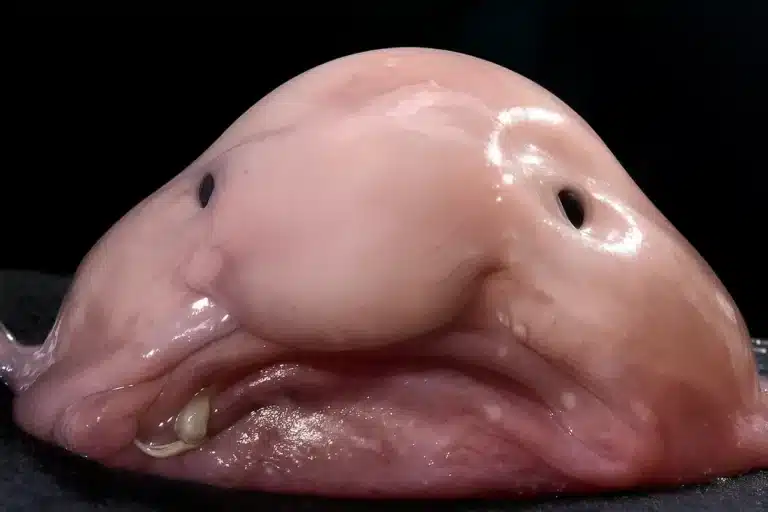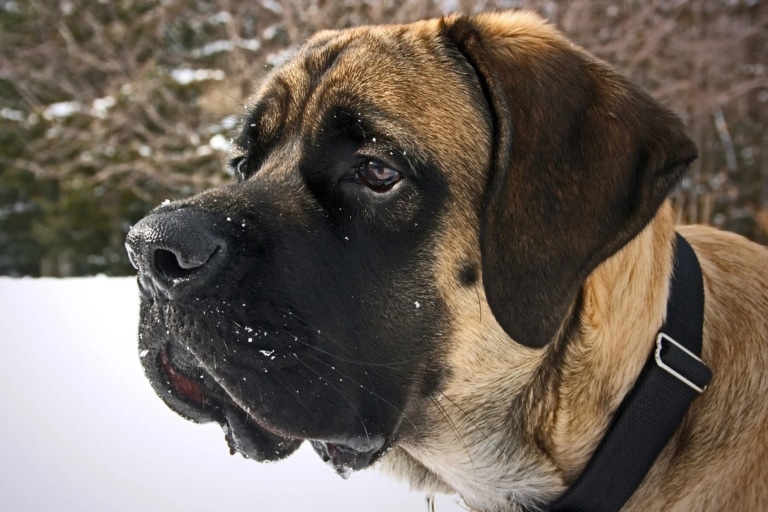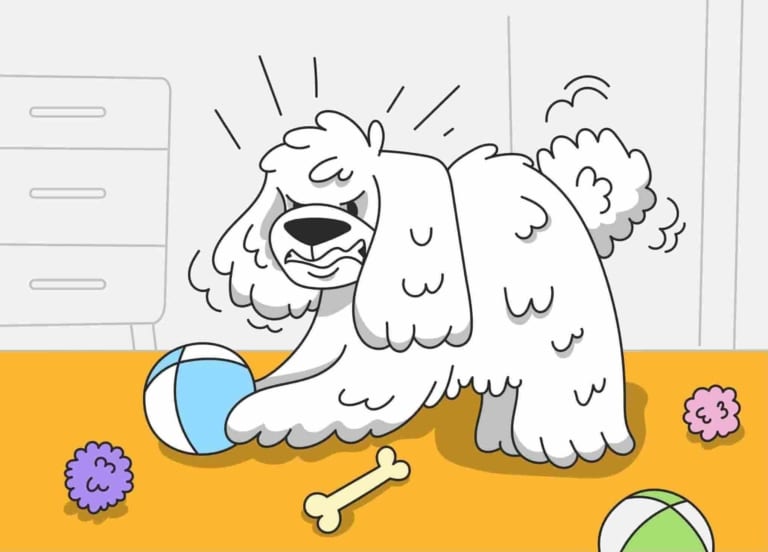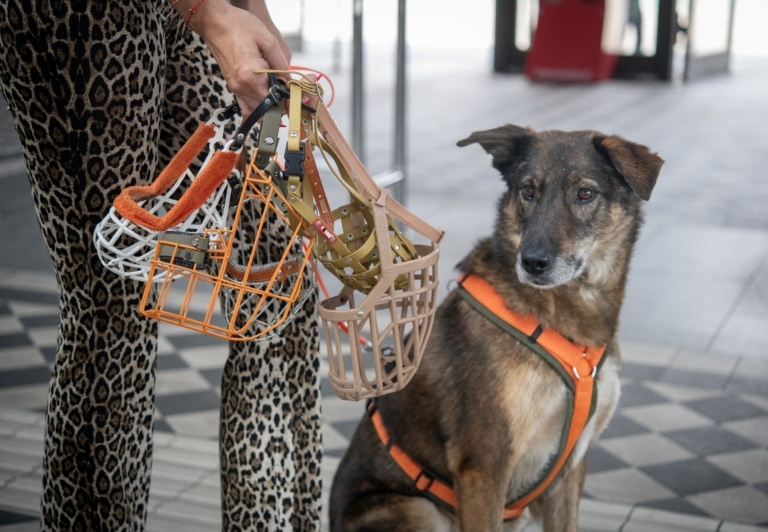Who’s to blame when the teeth are coming through?
Your cute, fluffy dog came in for grooming. You left it in good hands, and then you get a call saying, “Your pet bit the groomer.” And then a whole hurricane erupts inside: how did this happen? What was done to my Beloved? How could he? Or, on the contrary, what was done to my little one that she had to defend herself? And the groomer… silently sanitizes his finger and tries to be delicate.
Let’s understand why this even happens, who is to blame and what to do to avoid toothy misunderstandings.

The dog bites – because it can. It’s instinct, not anger or revenge
Bites during grooming happen more often than many people realize. And it’s not because the groomer “did something wrong”. A dog can bite because of fear, discomfort, pain, protective instinct, surprise, or touching an area they don’t like. Some breeds are more prone to reactive behavior, while others have a low tolerance threshold for noise, vibration, or restraint.
Furthermore, even the kindest and friendliest dog at home may behave very differently in an unfamiliar environment. Her sense of smell is overloaded, the backgrounds are strange, the sounds are loud, her hands are unfamiliar – and suddenly someone touches her paw and it’s sensitive…. it’s not logic that kicks in, it’s a survival reflex.
It doesn’t mean the animal is bad. It doesn’t mean the groomer “tortured” him. It means the dog’s reaction is instinctive and he has a right to be stressed.

It’s not the groomer’s fault. He’s just there at the moment of the bite
Imagine the situation: your child is afraid of the dentist, lashes out, and accidentally hits the doctor. You don’t blame the dentist, do you?
It’s the same here: the groomer is a specialist who works in the risk area, especially with aggressive or unstable animals. His job is to perform the procedure carefully, delicately and safely, but he is not a clairvoyant who can guess the animal’s every movement or nerve.
Many groomers get bites every week. Often without warning, without growling, without barking. Just a snap and a finger in saliva or blood. And the most painful thing for the groomer is not the body – it’s when the client doesn’t ask how he’s doing afterwards, but starts blaming, “So you did something to make my dog bite you!”
It’s like blaming the teacher for the child not doing his homework. It’s a little unfair.
How to avoid the bite – and the misunderstanding
The best thing to do after such an incident is not to look for someone to blame, but to find a solution. If a dog bites, it’s a signal. About her fear, boundaries, perhaps – about pain. And this is not only a matter of grooming, but also education, adaptation, work with behavior.
The ideal is to talk to the groomer about the situation calmly: how it happened, on what procedure, whether there is a predisposition, how to minimize the risks. If the groomer recommends a muzzle – this is not a “punishment” but a concern for everyone. If offers to split the grooming into multiple visits – it’s not commercialism, but reasonable stress reduction. If says it’s better to bring the dog in the owner’s presence – that may be key.
And, of course, open dialog instead of aggression always leads to a better outcome. Remember: the groomer is on your side. He wants your Pet to be beautiful, healthy and…. not to bite 😊

Conclusion
If your dog bites – you don’t need to panic and organize a witch hunt. It’s better to stop, breathe, talk and find a way to make sure it doesn’t happen again. Because at the center of this whole situation is not emotion, not resentment, but a ponytail who just couldn’t put into words, “I’m scared.” And we are the team to help him cope.
At V.O.G DOG SALON grooming salons we work with different personalities every day – and with love for each toothed, wagging, purring or grumpy one.

